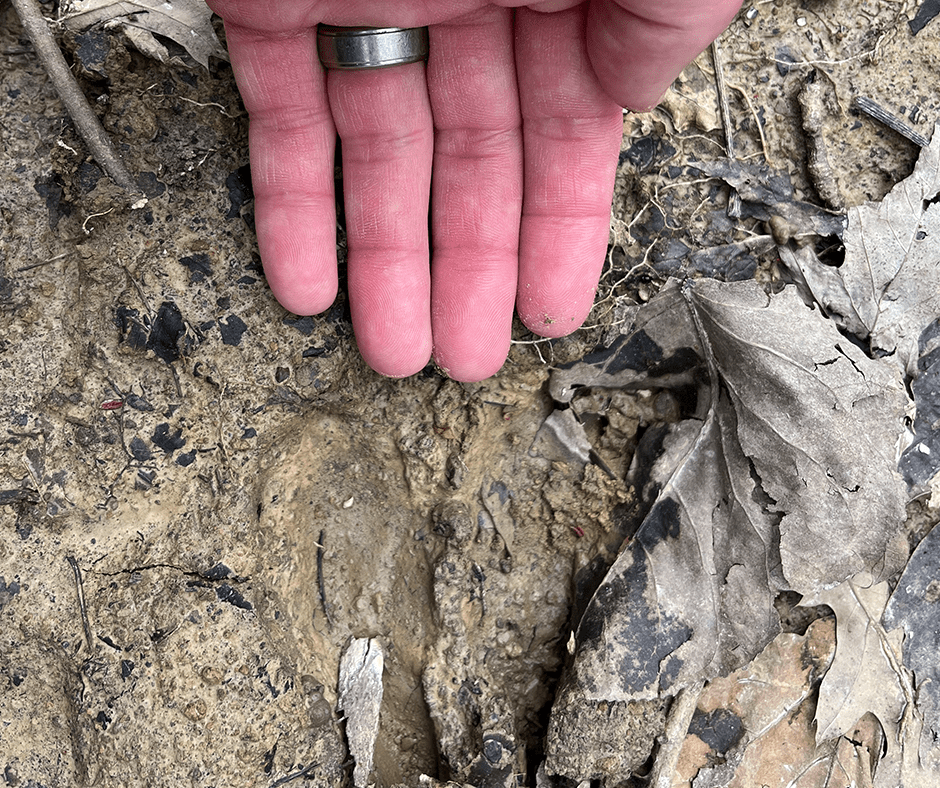A look at the parallels between DIY deer hunters and deer hunters who lease hunting ground.
All hunters who lease hunting land aren’t out-of-state city folk who just come for the weekend. They aren’t hunters who just kill anything. Most lease hunters are just like the DYI deer hunter. They scout, set up trail cameras, hang treestands, conduct wildlife management practices year-round, and more. Public land deer hunters vs. deer lease hunters share similarities and express differences. These are some of those.
- Studying Apps and Maps
Modern hunters of all kinds benefit from studying apps and maps. Hunting-focused app layers are attuned for studying hunting grounds, private and public alike. For example, hunting apps, such as HuntStand, offer significant advantages. Crop History, Mapbox Satellite, Monthly Satellite, National Aerial Imagery, Satellite, Tree Cover, Whitetail Habitat Map, 3D Map, and more, are aerial and habitat-based layers that showcase habitat features. Contour, Natural Atlas, Quad Topo, Terrain, 3D, and others, are topography-based layers that showcase terrain features. Of course, some layers offer both. Additionally, tools such as the Whitetail Forecast (activity forecast), HuntZone (wind direction and speed indicator), Property Info (property lines), Offline Mapping (for no-service areas), and more, offer benefit to most hunters. This is true regardless of the hunting land type. Apps and maps help pre-scout a property and understand its features before heading afield.

- Scouting for Deer Sign
Once in the field, all hunters scout for deer sign. Beds, rubs, scrapes, tracks, trails, and more. Deer sign produces important pre-hunt discovery. All hunters factor this into their process, no matter the land type practiced upon.
- Setting Trail Cameras
Hunters use trail cameras on private and public lands. Hanging trail cameras is another important step in the scouting process, and that doesn’t change by access type. Land owned, leased, or hunted by permission should benefit from trail camera use, as should public lands. The only exceptions are public lands that do not permit trail camera use.
- Patterning Deer
Whether via discovering sign, glassing from afar, using trail cameras, hunting observation stand locations, having routine deer encounters, or a combination of these things, patterning deer is something every deer hunter strives to accomplish. Then, they make their move.
Less Competition
- There will not be as many people competing for space and animals to hunt
More Control of the Population
- You’ll be able to manage which animals are harvested to keep the population healthy and big
A Reliable Spot You Can Come Back To
- You can pick out your favorite stand locations and know where they are going to be year after year without fail.
Hunting Strategy Freedom
- You can scout, plan and strategize, and then change that strategy as needed
Staying Protected
- Hunting Lease Insurance is explicitly specialized for hunters and covers everything you may need while you are partaking in your favorite pastime.
- Planning Access Routes
A significant part of deer hunting is getting to and from treestand and ground blind locations without alerting deer to hunter presence. If a stand can’t be reached without spooking deer, it isn’t a good spot. Likewise, taking poor access routes when better paths to the same stand can prevail is equally negligent.
- Hanging Treestands
Unless hunting an observation stand location, hanging treestands and positioning hunting blinds should be done after determining quality locations that also have good access. Then, it’s time to deploy those elevated and ground-level perches.
- Timing the Strike
Knowing when make to make a move is part of the hunting process. It can be the right spot, but if it isn’t the right time, it’s all for not. Timing the strike is a crucial step in the deer hunting process.
- Repairing Gear
All hunters use hunting gear. Hunters on posted and open lands alike use, break, and therefore, repair hunting gear. Bows, treestands, blinds, and more, sometimes need fixing. Of course, if repair isn’t a safe solution, complete replacement is better.
- Continuing Education
Hunters of all sorts should never stop learning. Continuing education is crucial, and there are many ways to do that. Reading hunting articles. Watching hunting videos. Completing the National Deer Association’s three-stage Deer Steward course. These things and more are educational tools.
- Finding New Ground
Deer hunters should always be on the lookout for new hunting ground, even before they need it. Hunters might find something better than what they currently have. Or they might locate a lease to add to their current acreage. Regardless, it’s important to continually look for new hunting land.
Find Your Paradise
Now is the time to search for your next hunting lease. Whether a private land hunter looking to continue leasing hunting land, or a public land hunter making the switch to new opportunities, Base Camp Leasing has you covered. Deer season will arrive soon.
